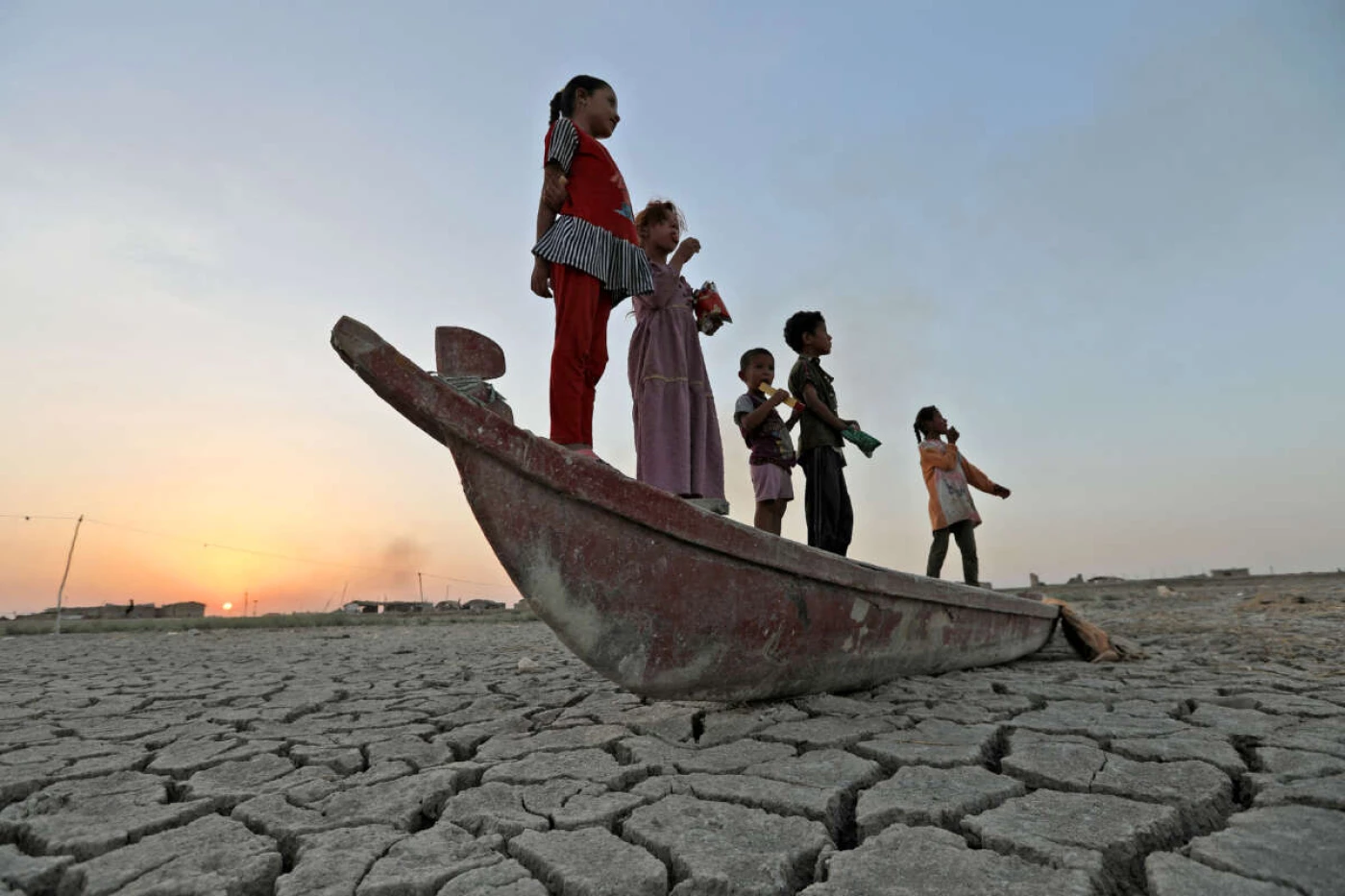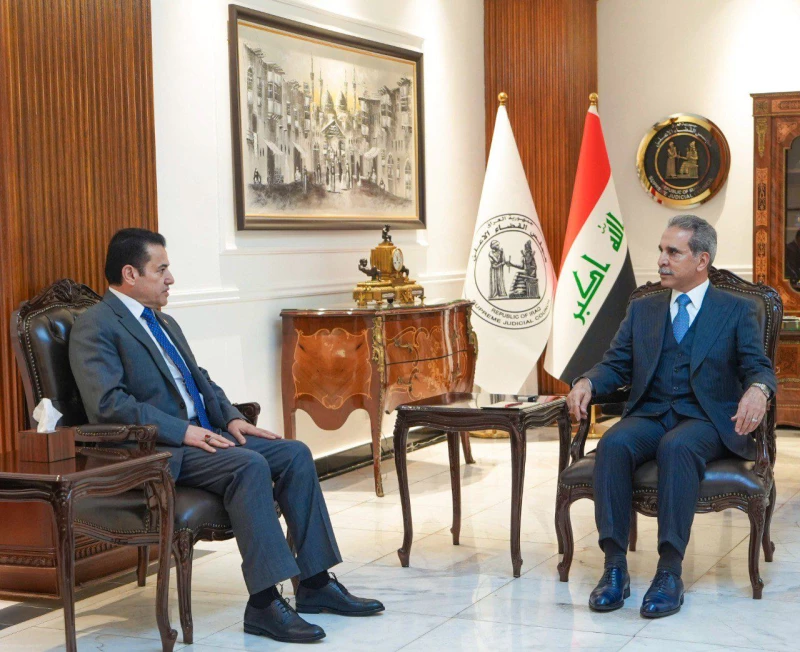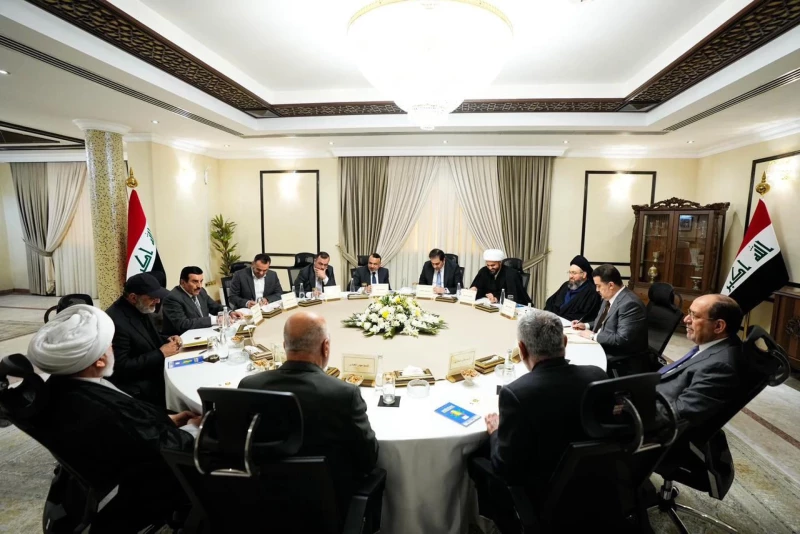ERBIL, Kurdistan Region of Iraq - In one of the largest waves of internal displacement in southern Iraq in recent years, more than 10,000 families have been forced to abandon their homes and farms in Dhi Qar province due to worsening climate conditions, local officials and displaced residents say.
Mahmoud Abdul Jassim, a representative of the displaced from northern Dhi Qar, told The New Region the crisis began in 2019 but reached its peak in 2023, prompting residents from areas such as Nasr, Fajr, Qalaat Sukkar and Rifai to leave. Many relocated to the holy city of Najaf, while others now live in informal settlements on the outskirts of urban centers.
“They left with nothing, no water, no electricity, and no future,” Abdul Jassim said.
According to Abdul Jassim, northern Dhi Qar alone accounts for roughly 6,000 of the displaced families. Official data put the total number of displaced families across the province at more than 10,300.
The Kutia area, once a thriving agricultural hub, lost more than 20,000 dunams (roughly 5,000 acres) of farmland after local rivers and irrigation canals dried up, the representative noted. “The land is barren, the livestock have died, and the farmer has become a day laborer.”
Most of the displaced people have no formal education or skills beyond farming and animal husbandry. As a result, many now live below the poverty line, struggling to adapt to city life and relying on limited food aid from Iraq’s Ministry of Migration and international organizations.
Bassam al-Ghazi, director of the Migration and Displacement Department in Dhi Qar, confirmed that climate change has been the leading cause of the displacement of more than 10,300 families over the past five years.
“We are working with the ministry and NGOs to provide relief,” Ghazi said. “So far, more than 5,000 food baskets and household items have been distributed to affected families.”



 Facebook
Facebook
 LinkedIn
LinkedIn
 Telegram
Telegram
 X
X


